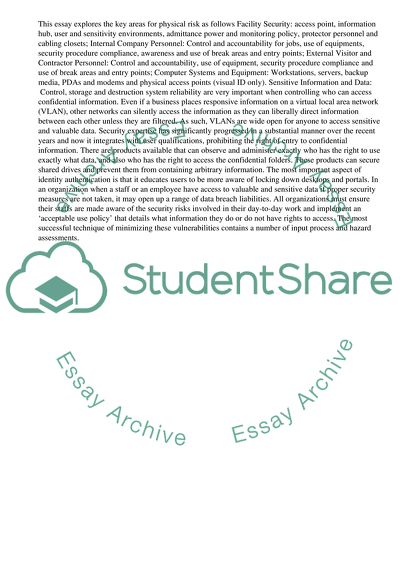Cite this document
(The Organizations Physical, Human, and Electronic Information Holdings Research Paper, n.d.)
The Organizations Physical, Human, and Electronic Information Holdings Research Paper. Retrieved from https://studentshare.org/management/1742169-security-plan
The Organizations Physical, Human, and Electronic Information Holdings Research Paper. Retrieved from https://studentshare.org/management/1742169-security-plan
(The Organizations Physical, Human, and Electronic Information Holdings Research Paper)
The Organizations Physical, Human, and Electronic Information Holdings Research Paper. https://studentshare.org/management/1742169-security-plan.
The Organizations Physical, Human, and Electronic Information Holdings Research Paper. https://studentshare.org/management/1742169-security-plan.
“The Organizations Physical, Human, and Electronic Information Holdings Research Paper”, n.d. https://studentshare.org/management/1742169-security-plan.


